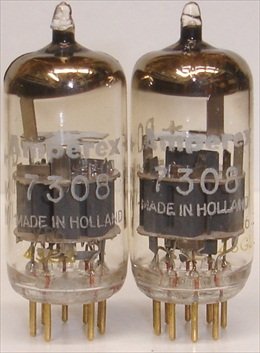Hi Jack, can you please explain this statement in layman terms? "If in doubt look at the spec sheets where the Lamms switch at up to 150kHz."
That is literally the speed spec Ked. Look to the highest possible frequency and that will tell you how fast they are allowing the transistors to switch between states. Note however that looking at frequency response and seeing 20kHz to 20Hz automatically means it is slow. Some designers choose to filter out top end on purpose for many valid reasons. It goes without saying that this does not apply to tubes only transistors.
Basically, the higher the switch speed, the smaller the possible voltage steps. Add a great bias scheme to that and you get behavior that is more tubelike especially in terms of zero crossing distortion. In "audiophile talk", more fluid/flowing and other good f words LOL AKA less edgy without having to have the signal crest rounded which is the more typical rout taken to smoothen SS sound. IME anyway.







